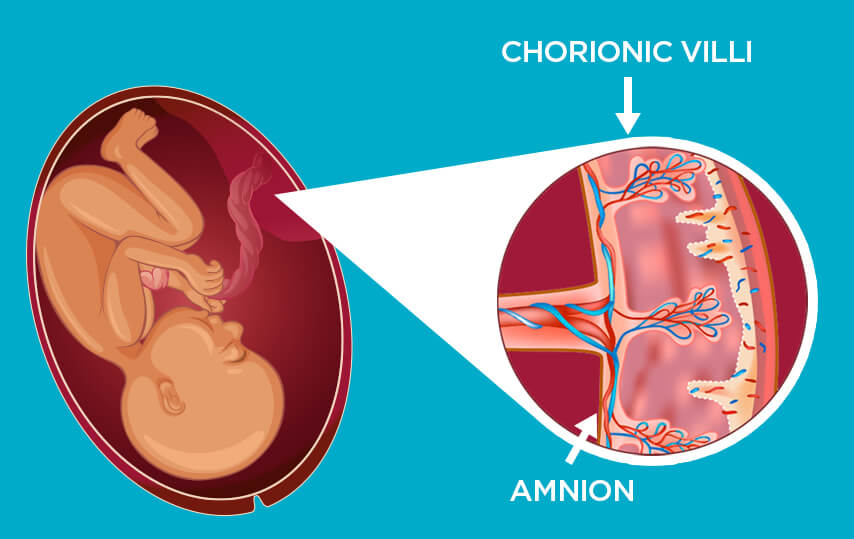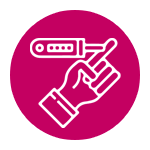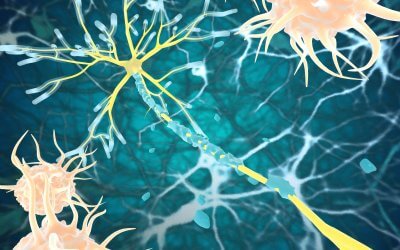What is placenta banking?
Placenta banking gives your baby more therapeutic options throughout their entire life.
What is placenta banking?
Placenta banking gives your baby more therapeutic options throughout their entire life.
What is placenta banking?
Placenta banking gives your baby more therapeutic options throughout their entire life.
During pregnancy, your placenta nourishes baby with essential nutrients they need to grow. But its usefulness does not have to stop at birth.
Your placenta contains Amnion and Placental Cells, which are being used in a range of therapies to push the boundaries of conventional medicine.
They have already been used to heal serious burns and diabetic ulcers, and to regenerate infected wounds.
They are also subject to a growing body of very promising clinical trials for cardiovascular conditions, brain injury, arthritis and more.
By banking placental tissue with Cells4Life, you can make sure your child has access to as many of the latest regenerative therapies as possible, as they become available.
Placenta and cord blood banking
We are the only stem cell bank in the UK to offer placenta storage, meaning you can choose both placenta and cord blood banking and maximise the therapeutic possibilities of your baby’s samples.
The UK’s only placenta storage bank
With Cells4Life, storing your placenta after birth could not be easier.
You can choose to store your placental cells, amnion or both – either by themselves or alongside cord blood banking.
Watch our video to discover the power of placenta banking and its benefits for you and your family.

What are my options for placenta banking?
As you can see in our placenta diagram, there are two key parts to the placenta: the outer layer (the chorion) and the inner layer (amnion).
Both the amnion and chorion have powerful regenerative properties and are being used in clinical trials around the world for all kinds of conditions.
We offer two placenta banking services that can help you and your family unlock these exciting possibilities as regenerative medicine continues to grow.
Amnion
£1950
Store the amniotic membrane from your placenta. This thin membrane has potent healing properties, which have been used to treat burns and wounds since the early 20th century. Ongoing clinical trials have shown that amnion may also help with heart conditions, multiple sclerosis and more.
Amnion & Placental Cells
£2650
Store Amnion as well as cells from the chorionic villi from your placenta. These cells are small tree-like structures which extend from the chorion and are rich in regenerative cells. Chorionic villi are currently being used in clinical trials for conditions such as arthritis, cerebral palsy, and diabetic ulcers.
What are the benefits of placenta banking?
By choosing to harvest cells and tissue from your placenta, you and your family can access a wide array of benefits:
Proven therapies
The power of placenta banking is already being realised in therapies around the world. Since the early twentieth century, the placenta has been used to treat wounds and promote healing – including diabetic ulcers and eye conditions that could ultimately lead to blindness.
The first use of the amniotic membrane dates all the way back to 1910, when an amniotic skin graft helped to promote healing. Then, in 1913, scientists used amnion to treat skin wounds. It has since been used in ophthalmology (i.e. to treat eyes) and assists with healing people who have suffered from severe burns.
Storing Amnion is not just an investment in future regenerative therapies – it is already being used today to improve lives.
More cells, more treatments
The more cells your child has, the better. By storing Placental Cells and Amnion alongside your baby’s umbilical cord blood and tissue, you can maximise the number and types of cell your child has access to, ensuring they can take advantage of as many therapeutic options as possible.
Find out more about placenta banking benefits by selecting one of our services:
Why do parents choose placenta banking?
Scientists are still discovering potential uses for the placenta. There are clinical trials investigating its use in therapies for conditions such as:
What happens on the day?
Adding placenta storage to your cord blood banking service does not alter the process on the day. We will still take care of everything, and your phlebotomist will simply make sure your placenta is included with the blood and tissue in your collection kit when it is sent back to us.
What does the placenta do?
During pregnancy, the placenta passes oxygen and nutrients from mum’s blood supply through the umbilical cord to baby. It also carries waste products, like carbon dioxide, back to mum whose body can process and remove them.
The placenta carries out several other vital functions – from producing hormones that support your baby’s development, to protecting against infection and providing antibodies to immunise your baby for three months after they are born.
Significantly, the placenta has also been reported to contain stem cells, which help your baby to grow in the womb and can continue to protect their long-term health through placenta banking.
Could placenta cells treat coronavirus?
Request your welcome pack
Why choose Cells4Life?
Cells4Life is the only placenta storage bank in the UK. We are also the UK’s most popular cord blood bank, having stored more UK samples than any other.
Everything about our service has been designed to provide your baby and family with the best long-term health protection possible.
Here are just a few of the benefits to placenta banking with Cells4Life:
- More cells for more treatment opportunities
- Multiple sample and dual location storage
- Most comprehensive range of services
- Year-round collection
- Dedicated couriers
- Industry-leading technology
- HTA-licensed
Why choose Cells4Life?
Cells4Life is the only placenta storage bank in the UK. We are also the UK’s most popular cord blood bank, having stored more UK samples than any other.
Everything about our service has been designed to provide your baby and family with the best long-term health protection possible.
Here are just a few of the benefits to placenta banking with Cells4Life:
- More cells for more treatment opportunities
- Multiple sample and dual location storage
- Stem cell insurance
- Most comprehensive range of services
- Year-round collection
- Dedicated couriers
- Industry-leading technology
- HTA-licensed
Why choose Cells4Life?
Cells4Life is the only placenta storage bank in the UK. We are also the UK’s most popular cord blood bank, having stored more UK samples than any other.
Everything about our service has been designed to provide your baby and family with the best long-term health protection possible.
Here are just a few of the benefits to placenta banking with Cells4Life:
- More cells for more treatment opportunities
- Multiple sample and dual location storage
- Stem cell insurance
- Most comprehensive range of services
- Year-round collection
- Dedicated couriers
- Industry-leading technology
- HTA-licensed
Quick questions…
Latest placenta banking news
Read more about the potential uses and benefits of placenta banking and storage on our stem cell blog:
Umbilical Cord Stem Cell Eye Drops Could Offer Relief From Dry Eye
A recent phase 1 trial has found that umbilical cord stem cell eye drops could help relieve the symptoms of dry eye for patients with a severe, treatment-resistant form of the condition. What is dry eye? Dry eye is a chronic condition where either the eyes do not...
Early Insights Into Placenta Stem Cell Therapy for Multiple Sclerosis
Researchers are investigating a novel placenta-derived stem cell therapy for multiple sclerosis, a currently incurable degenerative neurological condition. A recent phase 1 clinical trial, with findings published in Scientific Reports, assessed the safety and...
Study Shows Improvement From Placenta Stem Cell Injections for Knee Osteoarthritis
As the world population ages, osteoarthritis (OA), a degenerative, “wear-and-tear” form of arthritis which most often occurs during middle age and onwards,[1] becomes more common and therefore more burdensome. Knee osteoarthritis, in particular, is a major cause of...
















